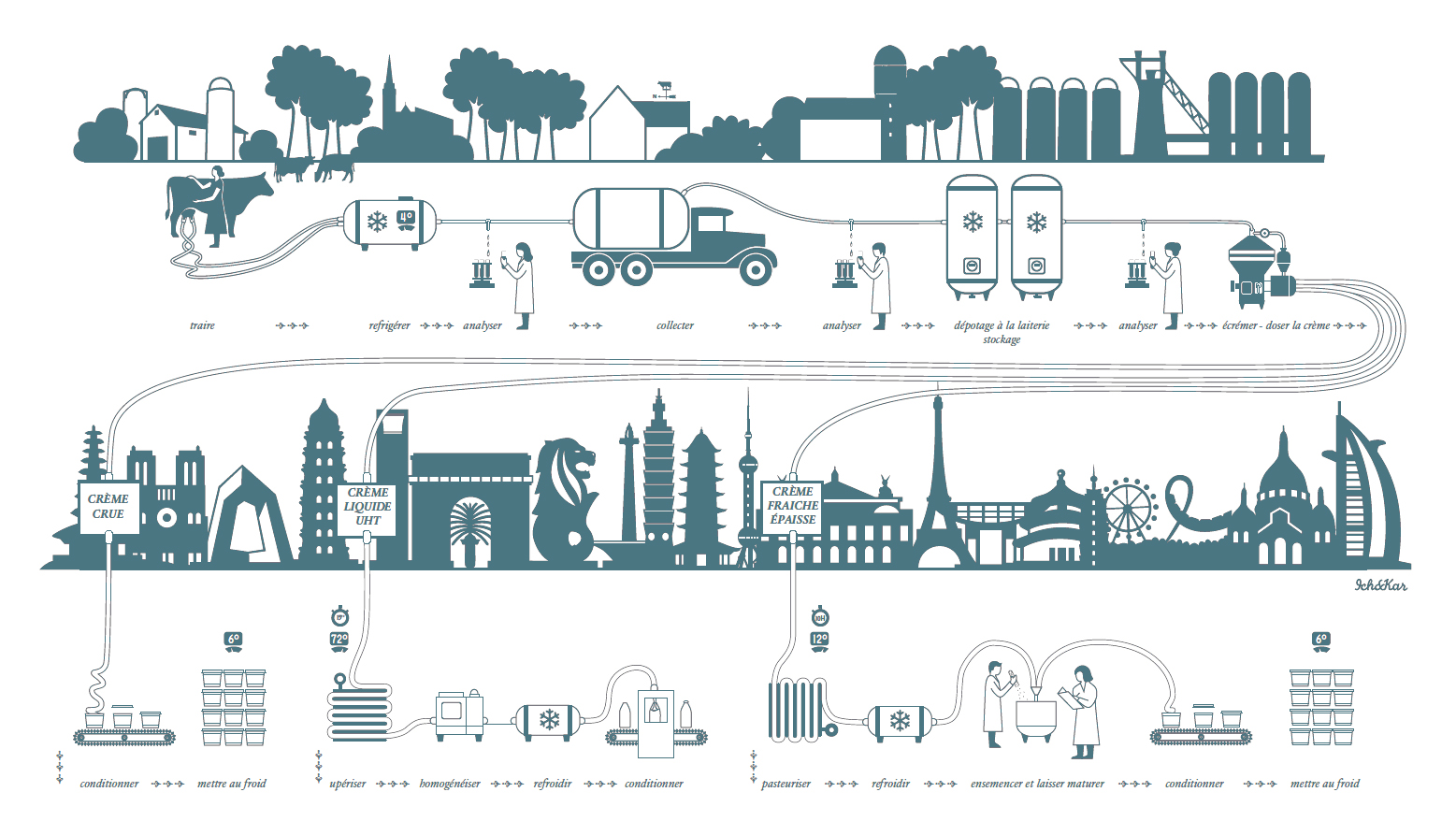- Samples are taken throughout the manufacturing process.
- Samples are sent to laboratories for analysis based on different criteria.
Benefits :
- For dairies: manufacturing of quality products
- For consumers: a guarantee of food safety and organoleptic quality
 繁體中文
繁體中文  简体中文
简体中文  한국어
한국어  Français
Français 

